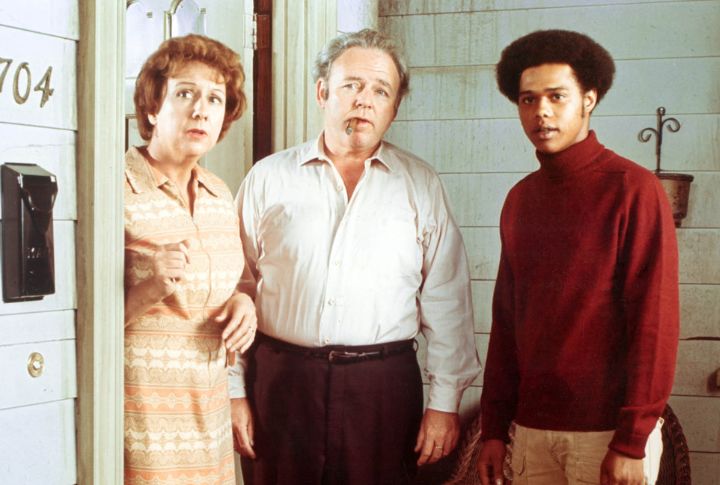
Times change, and so does our sense of humor. What once had audiences rolling in the aisles might now elicit barely a chuckle or, worse, a cringe. As we look back on the golden era of television, we find that certain iconic comedies have not stood the test of time. Whether due to outdated social norms, pacing, or humor that falls flat, today’s audiences find these 18 classic shows less binge-worthy and more cringe-worthy.
The Beverly Hillbillies (1962-71)
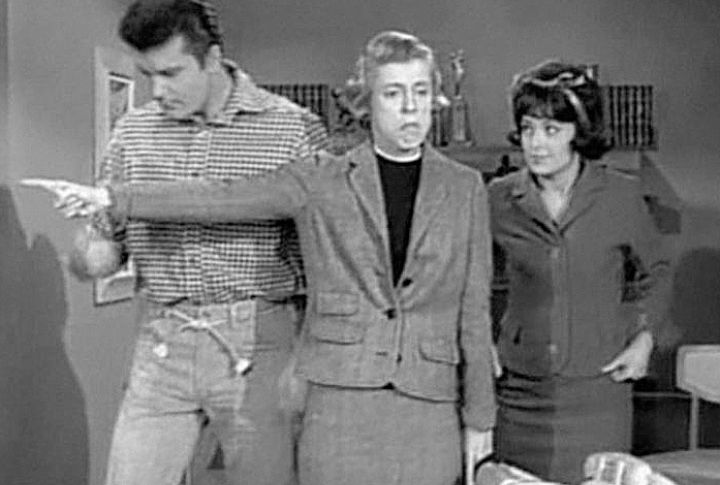
Once a beloved portrayal of a backwoods family striking it rich and moving to Beverly Hills, “The Beverly Hillbillies” now feels out of touch. Modern viewers often find the show’s humor overly simplistic and its stereotypes distasteful, reflecting societal views that have significantly evolved.
Gilligan’s Island (1964-67)

“Gilligan’s Island” features the comedic misadventures of a shipwrecked crew, but today’s audience might find the repetitive slapstick humor and lack of character development uninspiring. The show’s formulaic approach does little to captivate those accustomed to complex narratives and dynamic characters.
The Munsters (1964-66)
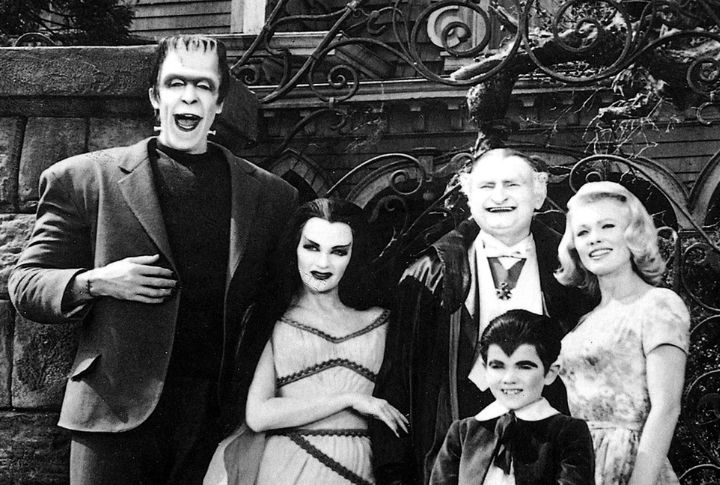
This show about a family of benign monsters tries to play on the universal theme of feeling different, but its heavy reliance on a single joke about their monstrous nature wears thin quickly. Once fresh and endearing, the humor now often feels forced on contemporary viewers.
My Favorite Martian (1963-66)

While the premise of a Martian living with a newspaper reporter offered creative comedic potential, “My Favorite Martian” struggles with pacing and now-dated special effects that can detract from its charm. The gags, centered around the Martian’s powers, don’t quite hit the mark with today’s tech-savvy audience.
Hee Haw (1969-97)
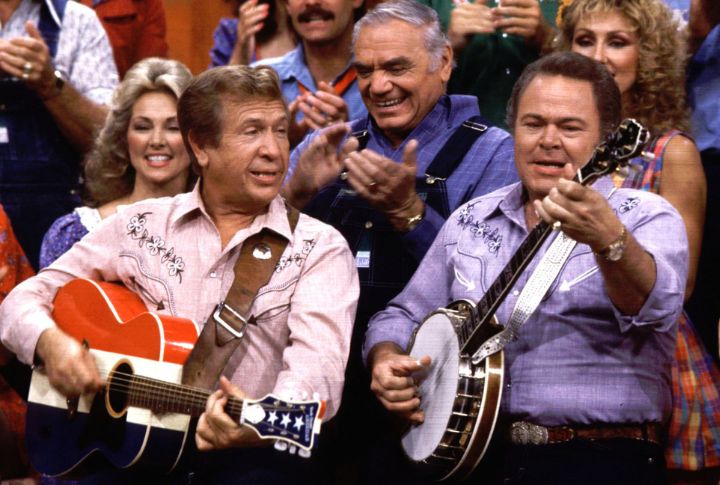
“Hee Haw,” a blend of country music and comedy sketches, heavily relied on rural stereotypes and corny jokes. What was once connected with a specific demographic now often misses the broader appeal, feeling alienating and overly niche for contemporary tastes.
Hogan’s Heroes (1965-71)
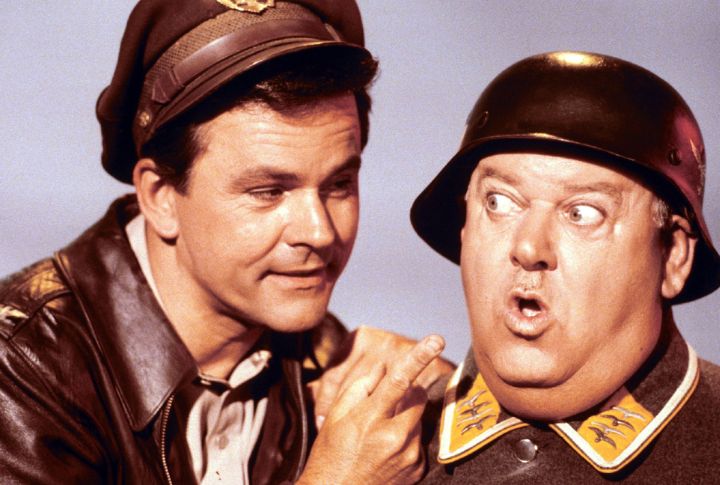
Set in a WWII POW camp, “Hogan’s Heroes” attempts humor in a setting that many now find inappropriate for comedy. The show’s lighthearted take on serious historical events has not aged well, making it a difficult watch for a more aware audience.
The Doris Day Show (1968-73)
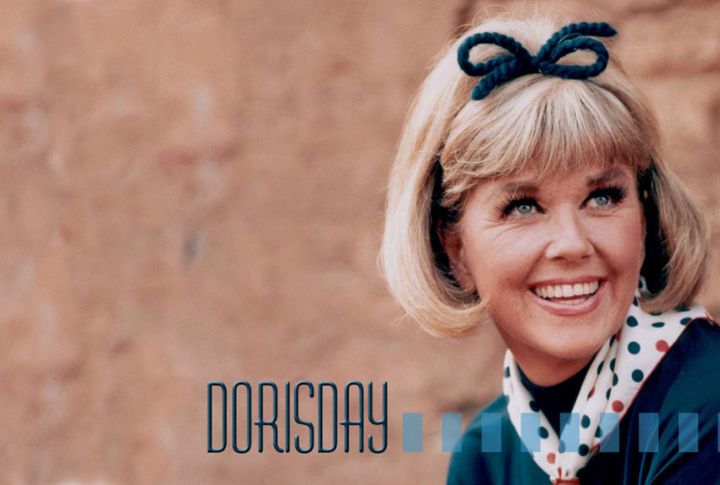
Doris Day’s charm is timeless, but the show’s simplistic and often predictable plots are not. With an overly idealistic portrayal of life and repetitive themes, modern viewers may find it lacking in substance and relevance.
Family Affair (1966-71)

“Family Affair” was once praised for its heartwarming portrayal of a bachelor raising his brother’s children. However, its treatment of complex family dynamics through a sentimental lens feels outdated, and the episodic resolutions now seem overly simplistic.
The Lucy Show (1962-68)
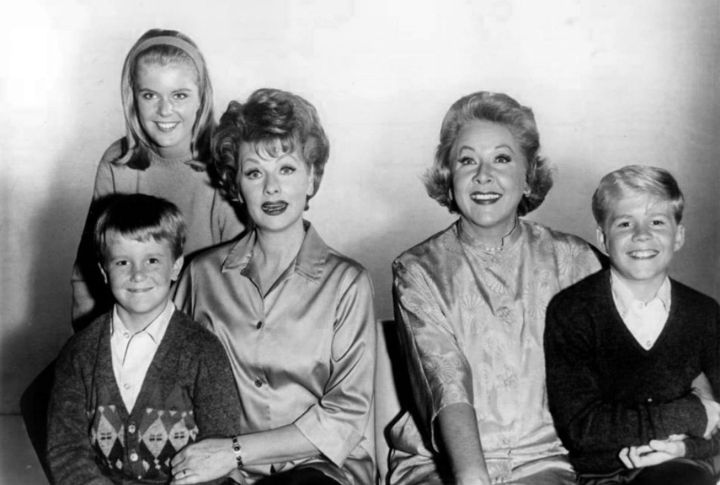
Despite Lucille Ball’s undeniable comedic talent, “The Lucy Show” often recycles formulas from her earlier work, which can appear stale to those familiar with her groundbreaking “I Love Lucy” performances. The repetitiveness and less innovative slapstick humor don’t always resonate today.
All in the Family (1971-79)
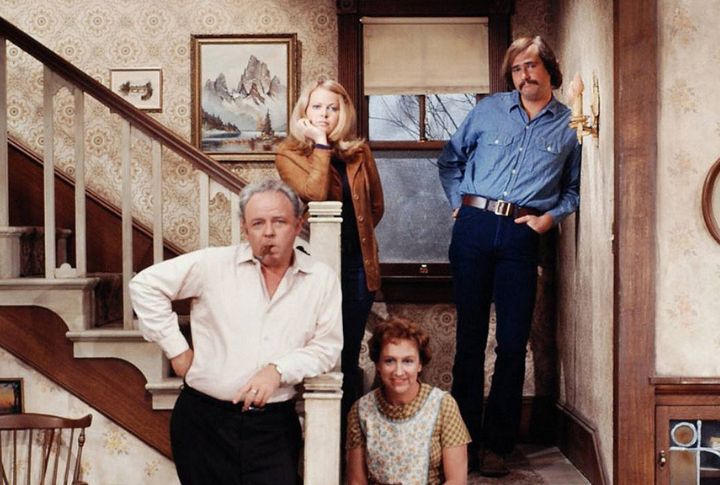
While groundbreaking in addressing social issues through comedy, “All in the Family” sometimes features attitudes and language that are considered offensive today. Its provocative approach can be polarizing for a contemporary audience seeking more sensitive portrayals.
The Three Stooges (1934-59)
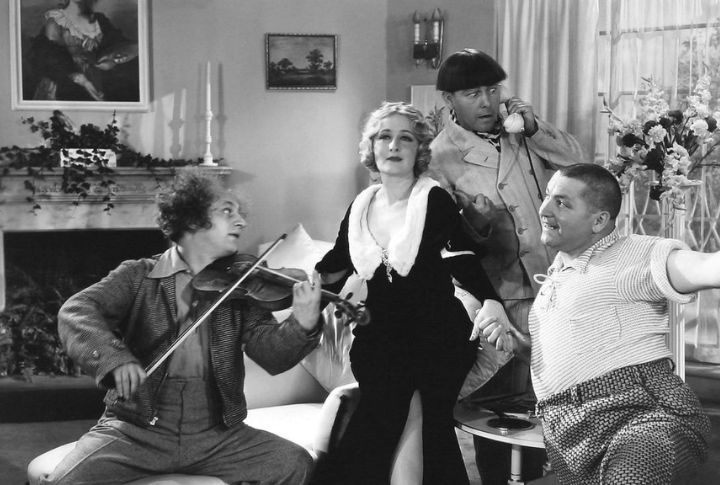
The slapstick and physical comedy of “The Three Stooges” were revolutionary in their time, but the humor now can seem overly aggressive and simplistic. Modern audiences accustomed to more sophisticated comedy might find it unappealing.
The Jeffersons (1975-1985)
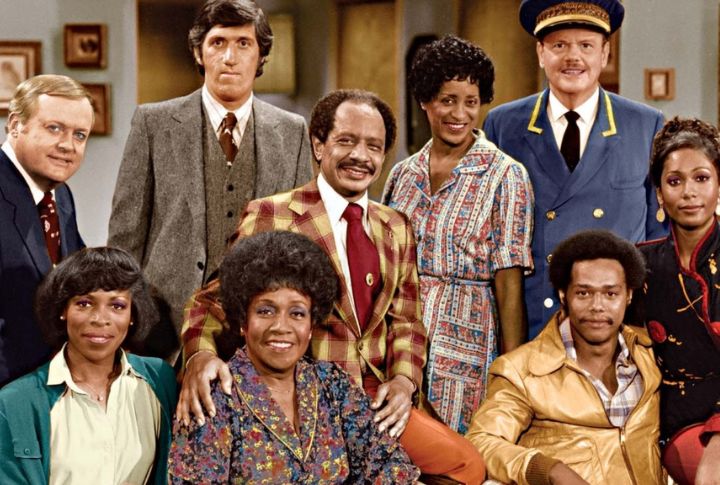
“The Jeffersons” was groundbreaking for its time, showcasing an African-American family who had ‘moved on up’ to a deluxe apartment in the sky. However, modern audiences might find some of the humor and character dynamics dated. The show often relied on stereotypes and recurring gags that can feel repetitive and insensitive by today’s standards.
He & She (1967-68)
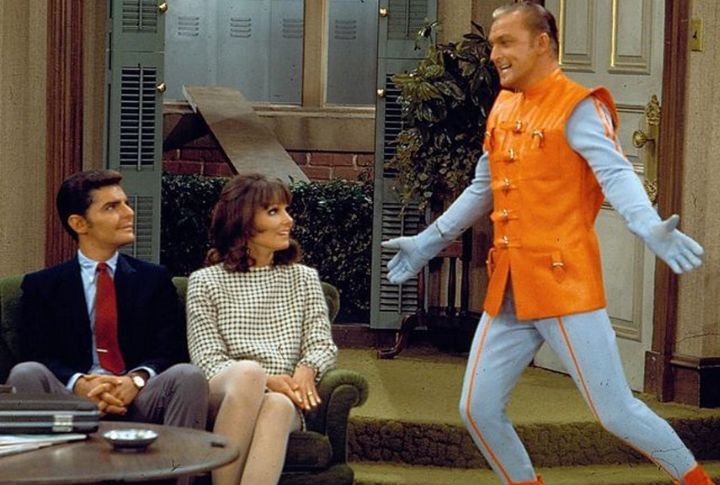
Though innovative in its depiction of a working couple in the ’60s, “He & She” suffers from dated jokes and cultural references that resonate poorly with today’s more diverse audience. The dynamics, once progressive, now appear conventional.
Green Acres (1965-71)
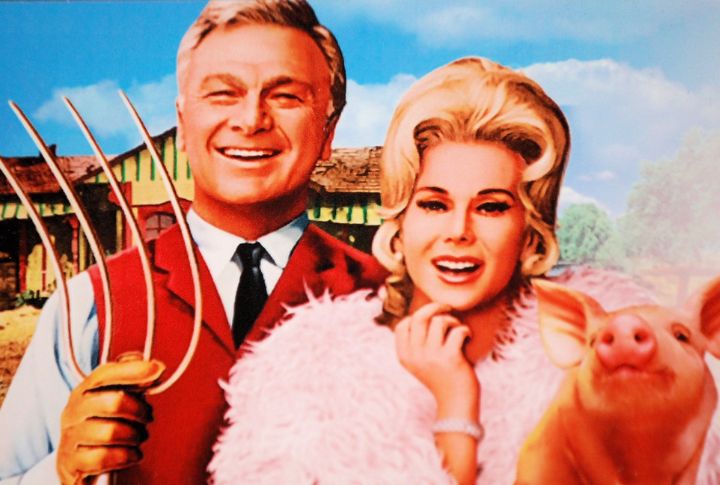
“Green Acres” reverses the usual rural-to-urban move by taking a sophisticated couple to a farm, which creates humorous situations. However, its repetitive rural stereotypes and exaggerated comedic style may not translate well to an audience accustomed to more subtle and varied humor.
The Ed Sullivan Show (1948-71)

As a variety show, “The Ed Sullivan Show” hosted acts that ranged from groundbreaking to mundane. Modern viewers might find the pacing slow and some segments, especially the comedic ones, dated, as the humor often reflects the less inclusive attitudes of the times.
Pete and Gladys (1960-62)
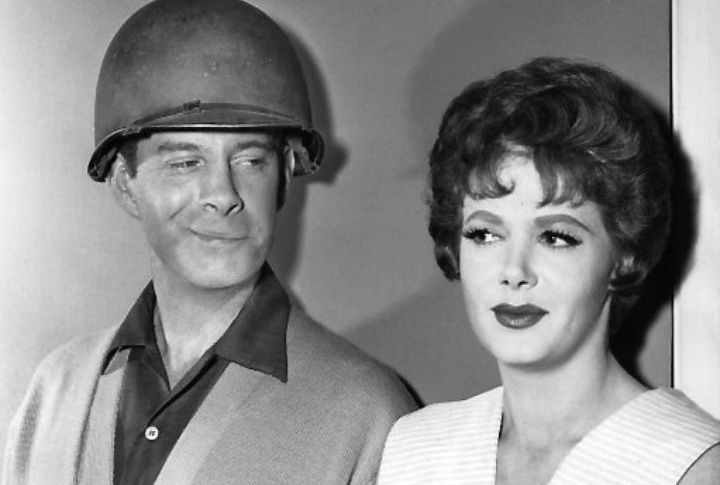
“Pete and Gladys” explores marital comedy, but the humor often hinges on stereotypes about nagging wives and clueless husbands, themes that today’s viewers might find cliché and unenlightening.
I Dream of Jeannie (1965-70)

Featuring a benevolent genie and an astronaut master, “I Dream of Jeannie” blends fantasy with slapstick comedy. In spite of its charm at its debut, the show’s portrayal of female roles — Jeannie is often subservient — may not appeal to today’s audiences who seek stronger, more independent characters.
Leave It to Beaver (1957-63)
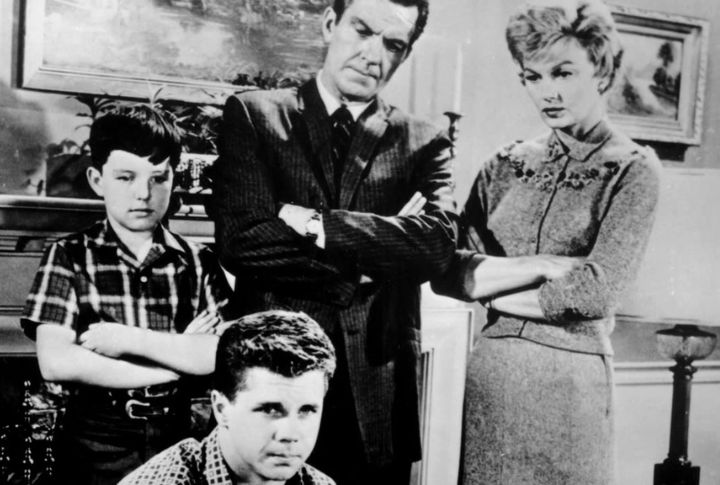
“Leave It to Beaver” is iconic for its portrayal of suburban family life in the mid-20th century. However, its idyllic representation and overly simplistic moral lessons can feel disconnected from the complex realities faced by modern families, making it seem naive and less engaging to contemporary viewers.

Comments
Loading…